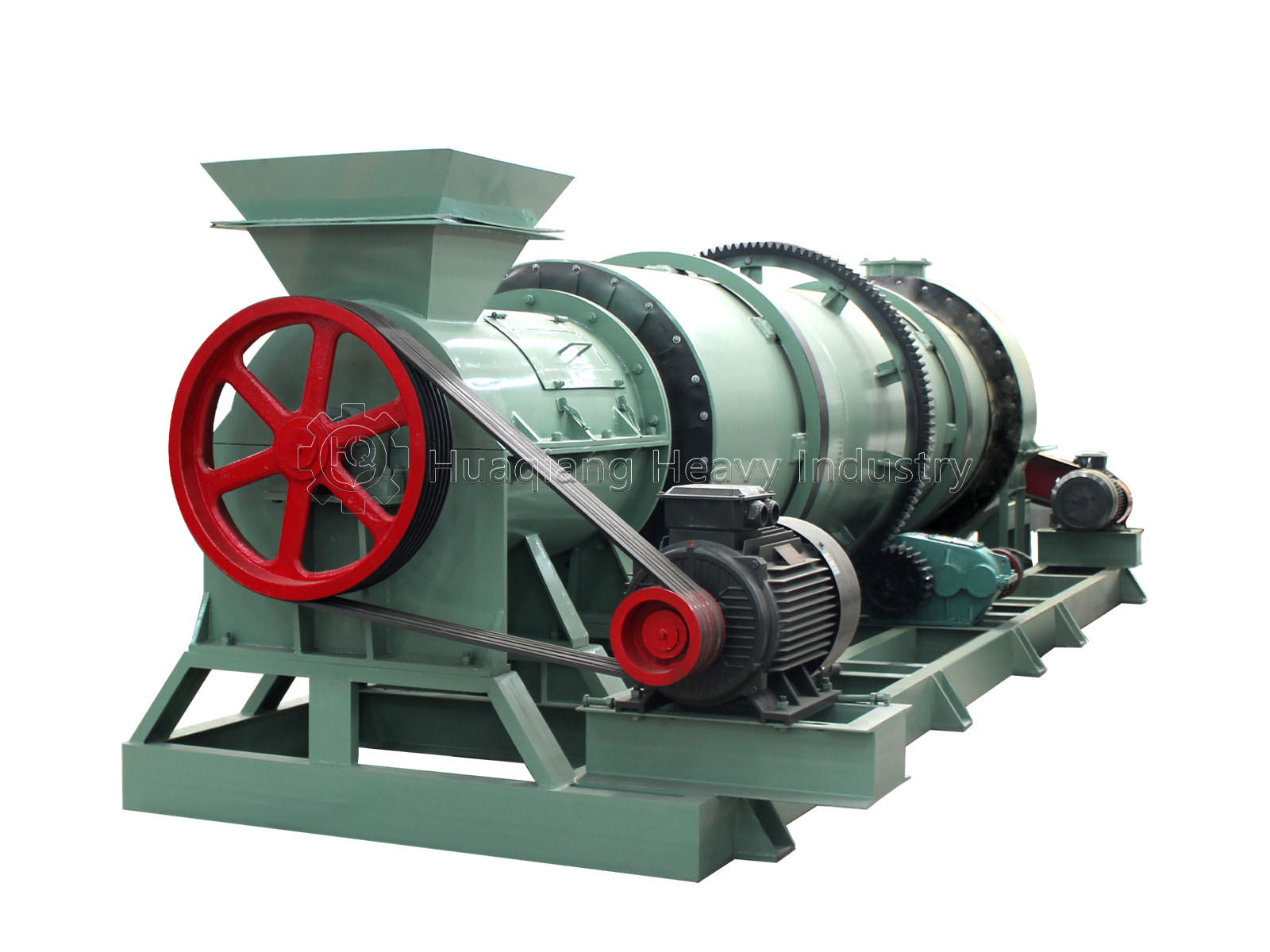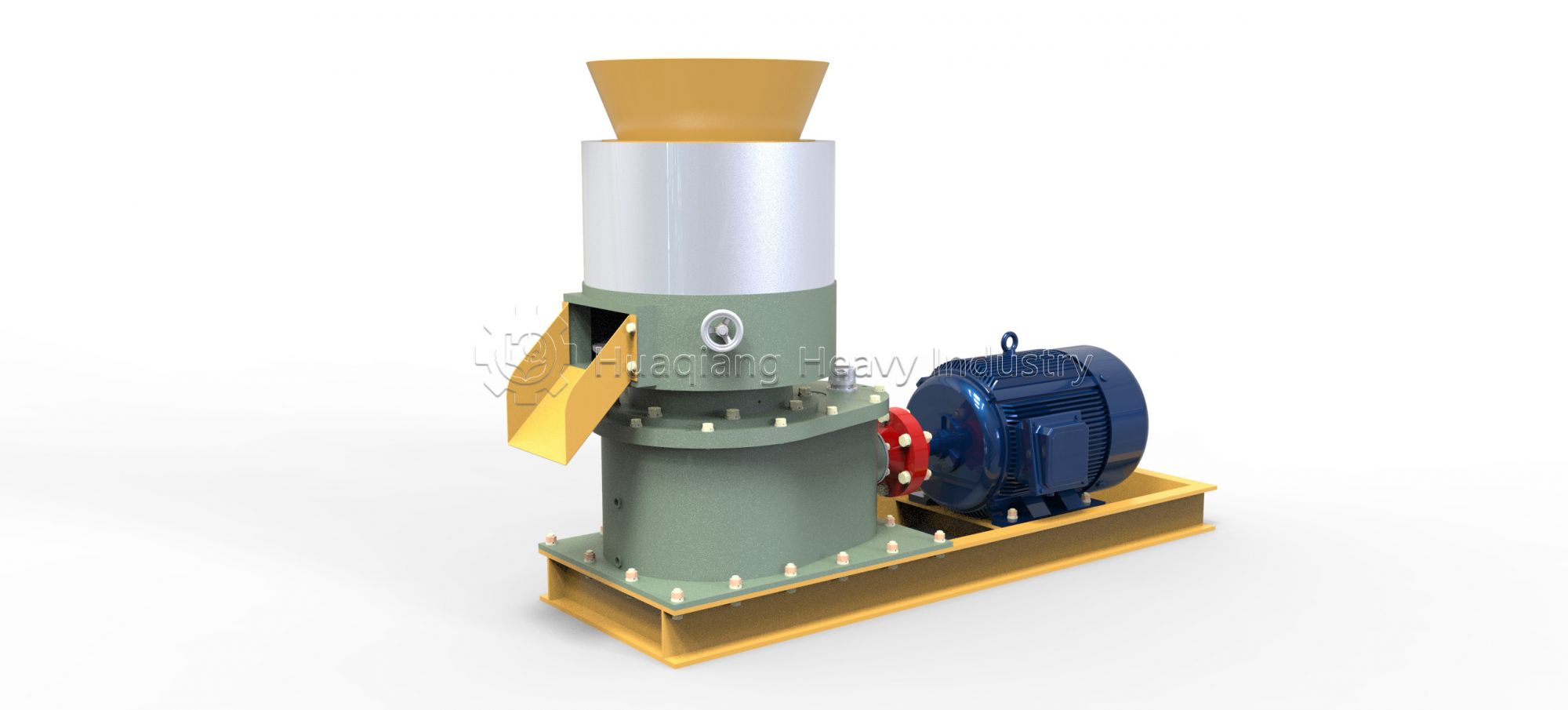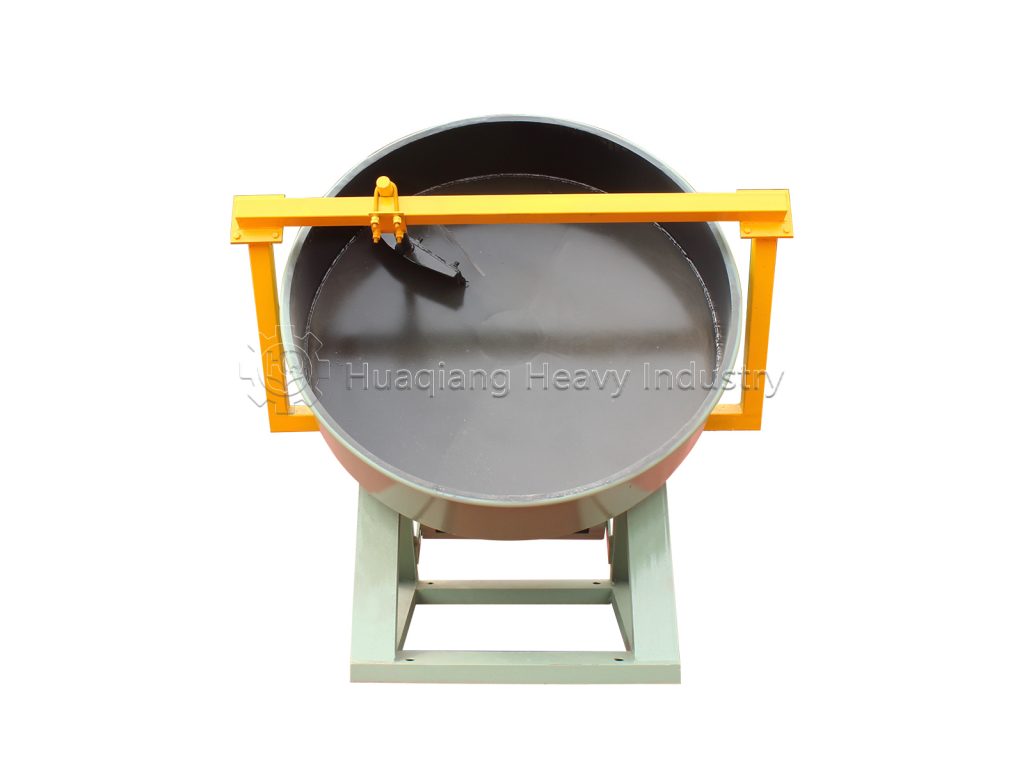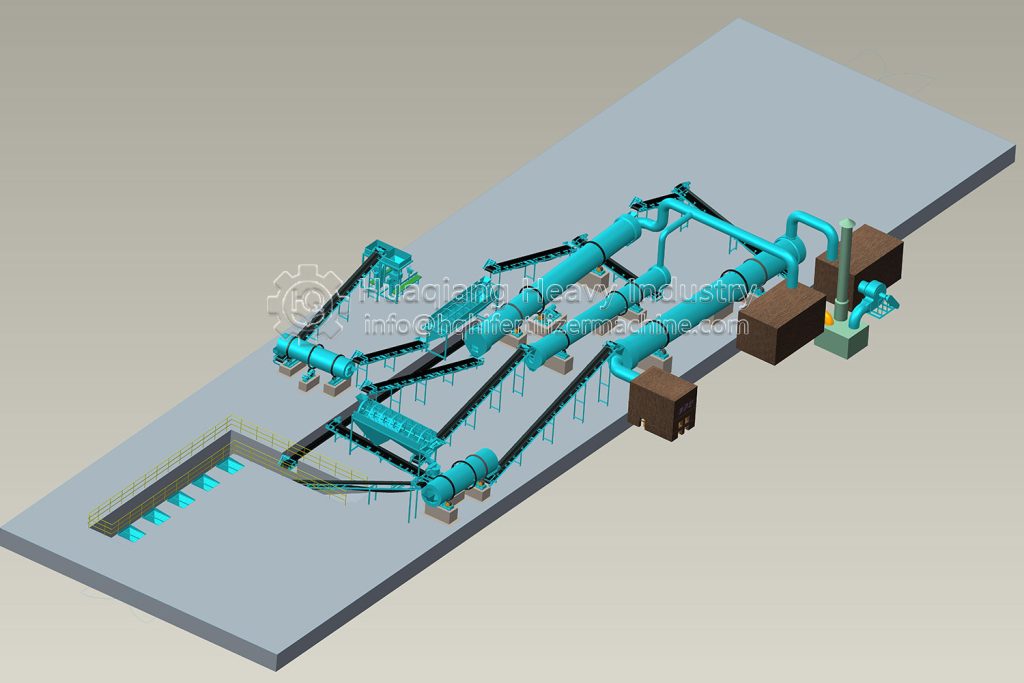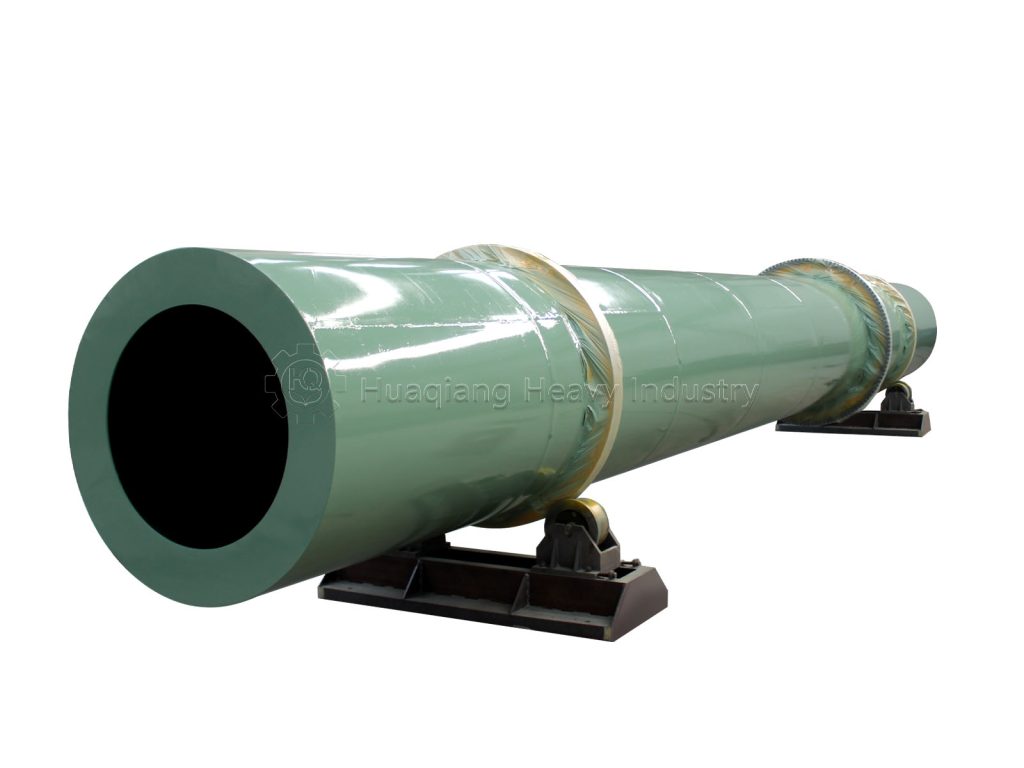Choosing the right drum fertilizer cooler not only ensures effective material cooling but also reduces subsequent operating costs. However, when selecting a drum fertilizer cooler, it’s easy to fall into the trap of focusing solely on throughput, overlooking key factors like material properties and operating requirements.
First, clarifying the material properties is essential. Differences in moisture, particle size, and viscosity between materials directly impact cooling performance. For example, high-humidity materials tend to adhere to the drum’s inner walls, so a model with internal scrapers or special liners should be selected to prevent material accumulation. For fine powders, sealing performance is crucial to prevent dust leakage during cooling, requiring efficient, sealed feed and discharge devices. Ignoring material properties can lead to uneven cooling and equipment blockage, even if the throughput is appropriate.

Second, determine the cooling method based on cooling requirements. If the material needs to be cooled quickly and has no special requirements for the cooling medium, forced air cooling can be chosen to improve cooling efficiency by increasing air volume. If the material temperature is extremely high (over 600°C) or needs to be protected from air contact, jacket cooling is preferred. This uses thermal oil or cold water for indirect cooling, minimizing material contact with the outside world.
Finally, drum fertilizer cooler parameters should be tailored to the operating conditions. Consider the workshop space (determining drum length and diameter), power supply voltage (matching drive motor parameters), and ease of maintenance (ease of disassembly and cleaning). For example, if workshop height is limited, a horizontally arranged short-drum machine may be appropriate. If continuous production is essential, a machine with fault alarms and automatic cleaning features should be selected to minimize downtime for maintenance.


.jpg)


.jpg)
